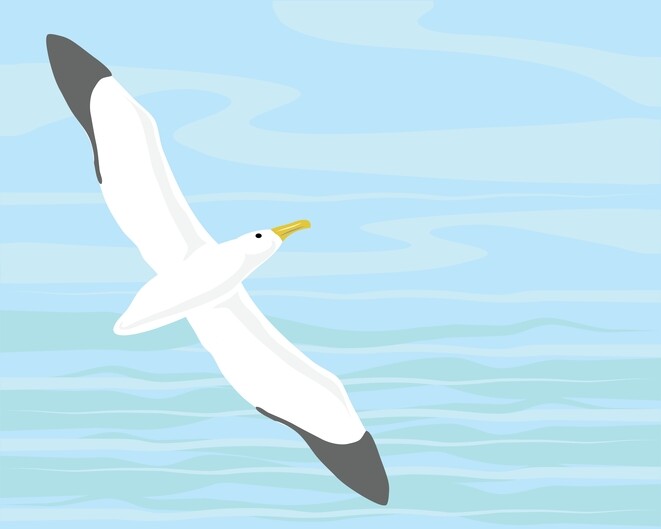Last full day on the Endurance. Sisimuit has a population of approximately 5500 people and has been occupied for at least 4500 years. Sisimuit, per our information sheet, means “the residents at the foxholes.” It’s one of the fastest growing cities in Greenland. This place was so pretty, all you had to do was drop your camera on the ground and you’d take a great picture. But, history, as always, has some dark sides. In the 1700’s, the whaling industry started here. And, utimately, the same issues that colonization brought to the our neck of the new world hit here as well. Smallpox killed almost 90% of the population in 1800-1801. Today, fishing is the primary industry with tourism increasing at a pretty steady clip. It was a beautiful place with another fascinating museum.
Some interesting facts about Greenland:
Population: 56,000 (90% Inuit)
Length: 1500 miles – it’s about the same size as Mexico, though the Mercator projection inaccurately shows it much larger
Greenland Ice Cap: covers 80% of Greenland, averages 1 mile thick and is up to 2 miles thick in some areas
And, in a truly unexpected turn of events, amazingly, we DID get to see Northern Lights, even though it is summer. Early on in the trip, our fearless expedition leader floated the possibility that we could see them if all the conditions lined up and the northern light fairies were cooperating. Turned out to happen. At approximately 1 am, our very last night, we heard Brent’s wonderful New Zealand accent gently interrupting our dreams announcing the news. Most of the passengers and many of the crew burst out of their beds, threw on robes, and cascaded onto the decks. It was the most delightful mayhem. Since no polar bears were involved, we didn’t need to be at all quiet and there were whoops and hollers and lots of information exchange on exactly how to capture what we were seeing using the plethora of cameras that we were carrying. I was completely awed. For some bizarre reason, part of my brain never registered the fact that northern lights aren’t static. Perhaps I’d seen 1000x more photographs than video. The lights were directly overhead and in constant motion. I stood stock still, staring at the sky and kept telling anyone who walked by, “I didn’t know they moved!” To a person, the responding comment was “Yes, they dance.” And dance they did. Swooping and swirling and pulsing and fading away only to start all over again in a new patch of sky. It was the most magical show I’ve ever seen. I can’t wait to see them again.
But, all wonderful trips must end and, after the surprise wake-up northern light experience, the morning came early. We took our last zodiac trip, got on buses and made our way to Kangerlussuaq, a tiny place of 500 people. Besides being the only place in Greenland able to support large jetliners it also has an interesting history as one of the locations for the Distant Early Warning Line:
https://en.wikipedia.org/wiki/Distant_Early_Warning_Line
Our bus trip was sort of a tundra land safari, complete with sightings of musk ox, caribou and wonderful scenery. We had lunch next to a lovely lake and then boarded a charter to Providence, Rhode Island. That was followed by a flight to Boston, an overnight stay there and a final flight home to SFO. We won’t soon forget this trip. Thanks for sharing it with us.























There are all sorts of interesting facts on polar bears – for example: their skin is black, their fur has no color and is transparent and hollow. Check out this link for more fun stuff:

From the write-up on the above boots:
The traditional Greenlandic boot, the kamik, was worn by women as
well as men. It consists of two layers of skin, most often seal, with an
insulating lining of sedge. Local folklore dictates that the first hole in
a young boy’s boot should be carefully mended. A well repaired boot
would bring him luck during the hunt. The treatment of skin was es-
sential to survival in the Arctic and Inuit woman were accomplished
seamstresses whose skills were highly valued.


















